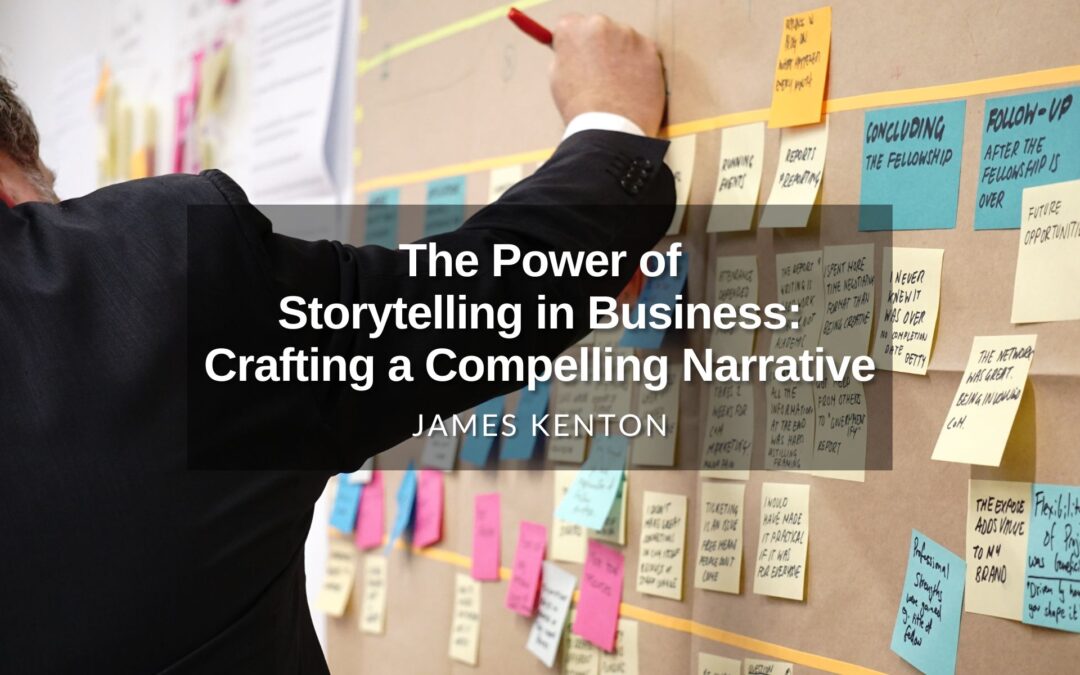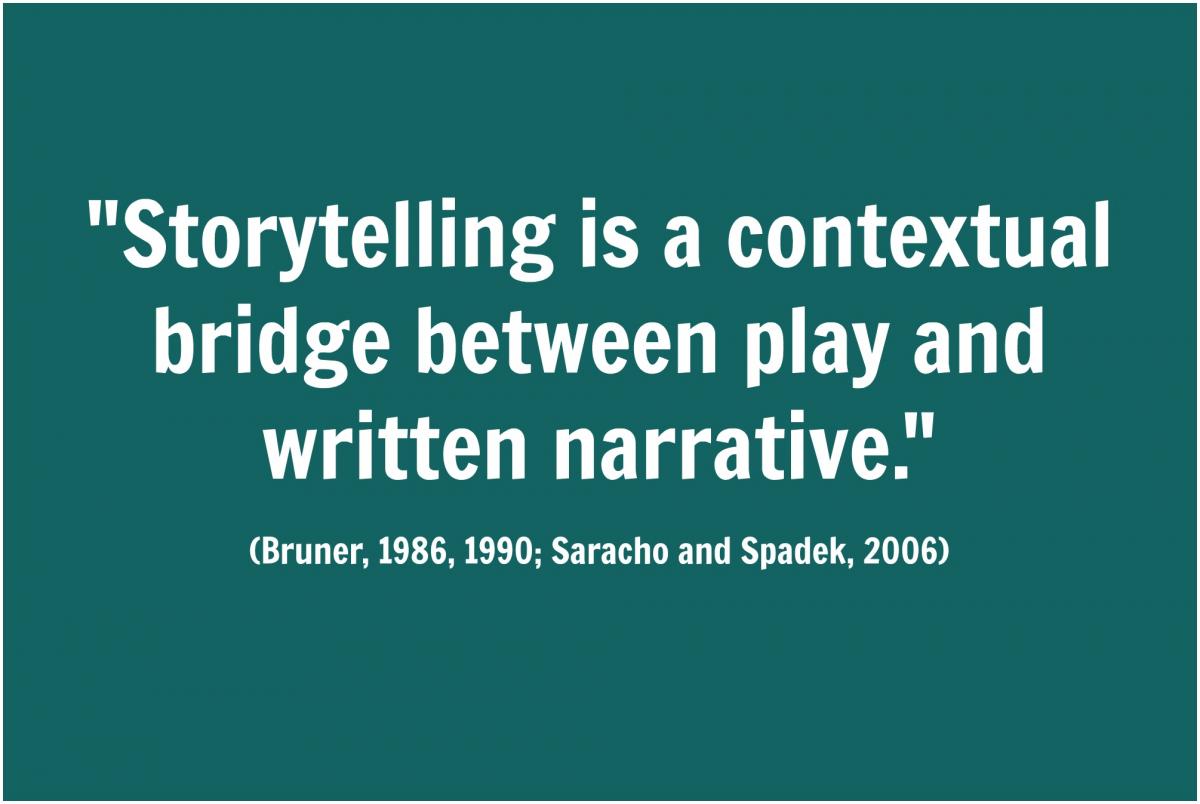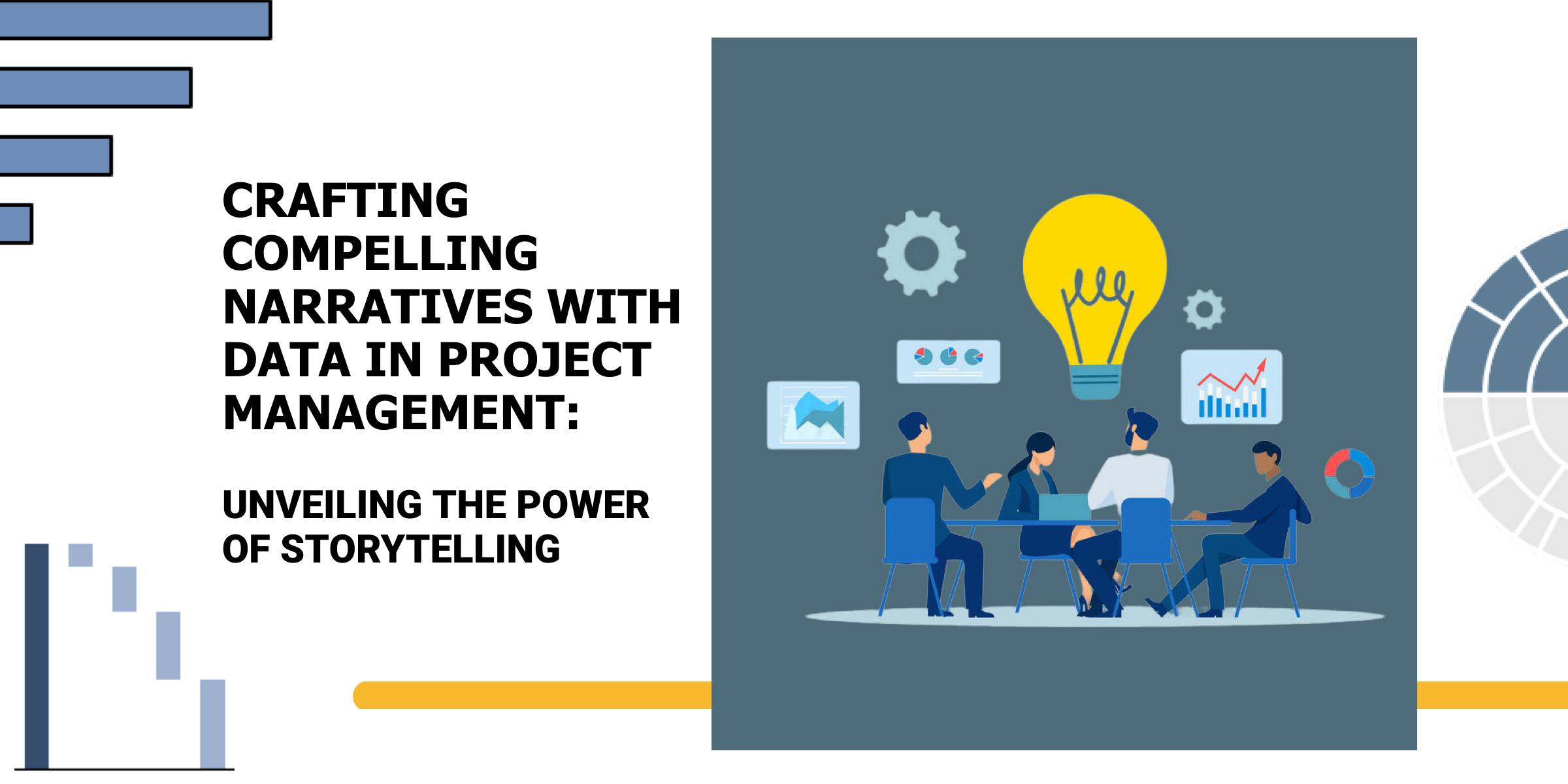Crafting a Compelling Narrative: Unlocking the Power of Features and Benefits

As an interior design expert and architect, I understand the power of a well-crafted narrative. It’s not just about listing features; it’s about weaving a story that resonates with your ideal customer, connecting their desires with the unique value proposition of your product or service.
To help you effectively communicate the "why" behind your offering, let’s dive into the core principles of highlighting features and benefits. We’ll explore how to:

- Identify your ideal customer: Understanding their needs, desires, and pain points is the foundation for effective communication.
- Uncover the hidden benefits: Transform technical specifications into tangible advantages that matter to your customer.
- Craft compelling narratives: Use storytelling techniques to make your product or service come alive.
- Tailor your message: Adapt your communication based on different customer segments and touchpoints.


1. Know Your Audience: Defining Your Ideal Customer
Before you can effectively communicate the value of your product or service, you need to understand who you’re talking to. Creating a detailed profile of your ideal customer, often referred to as a buyer persona, is crucial. This persona should encompass:

- Demographics: Age, gender, location, income, education, family size, etc.
- Psychographics: Lifestyle, interests, values, aspirations, fears, motivations, etc.
- Behavioral: Online behavior, purchase habits, brand preferences, media consumption, etc.
- Needs and Pain Points: What challenges are they facing? What are their unmet desires?



Example: Let’s imagine you’re selling a custom home design service. Your ideal customer might be a busy professional couple in their late 30s, with two young children, seeking a modern, spacious home that reflects their active lifestyle and growing family. They value sustainability, efficient design, and a strong sense of community. Their pain points might include:

- Limited time: They don’t have the time or expertise to manage a complex home design project.
- Fear of budget overruns: They’re concerned about staying within their budget.
- Desire for a unique, personalized space: They want a home that truly reflects their individual style and needs.

2. Unveiling the Hidden Benefits: Turning Features into Advantages

Features are the tangible aspects of your product or service. Benefits, on the other hand, are the intangible advantages that those features provide to your customer.
Here’s how to transform features into benefits:

- Focus on the "What’s in it for me?": Think from your customer’s perspective. What problem does this feature solve? What value does it bring to their life?
- Use action verbs and emotional language: Instead of saying "Our homes have energy-efficient windows," say "Save money on your energy bills with our state-of-the-art windows."
- Highlight the "wow" factor: What makes your product or service stand out from the competition? Emphasize the unique benefits that your customers won’t find elsewhere.

Example:
Feature: "Our custom home design service includes a dedicated project manager."
Benefit: "Enjoy a stress-free design process with our expert guidance and personalized support every step of the way."
3. Crafting Compelling Narratives: The Power of Storytelling
People connect with stories. Use storytelling techniques to bring your product or service to life and create an emotional connection with your customers.
- Show, don’t tell: Instead of simply listing features, use vivid descriptions, images, and testimonials to showcase the benefits in action.
- Focus on the customer’s journey: Tell a story that resonates with your ideal customer’s needs and aspirations.
- Use a relatable character: Create a protagonist who embodies your ideal customer and experience the benefits of your product or service.
Example:
Instead of simply stating "Our homes are designed for sustainability," tell a story about a family who enjoys lower energy bills and a smaller environmental footprint thanks to your energy-efficient design solutions.
4. Tailoring Your Message: Adapting to Different Audiences and Touchpoints
Your communication strategy should be tailored to different customer segments and touchpoints.
- Website: Use clear, concise language and high-quality visuals to showcase your product or service.
- Social Media: Engage with your target audience through compelling visuals, interactive content, and personalized messages.
- Marketing Materials: Create targeted brochures, flyers, and email campaigns that highlight the specific benefits that matter to each customer segment.
- Sales Presentations: Customize your pitch to address the unique needs and pain points of each potential client.
Example:
When marketing your custom home design service to young professionals, emphasize the convenience and efficiency of your streamlined design process. When targeting families, highlight the safety and security features of your designs.
5. Measuring Success: Tracking Your Results
Don’t just assume your communication is working. Track your results to measure the effectiveness of your messaging.
- Website Analytics: Monitor website traffic, bounce rates, and conversion rates.
- Social Media Engagement: Track likes, shares, comments, and website clicks from social media posts.
- Sales Data: Analyze sales figures and customer feedback to identify areas for improvement.
By constantly refining your communication strategy and tracking your results, you can ensure that you’re effectively conveying the value of your product or service to your ideal customers.
In conclusion, effectively communicating the features and benefits of your product or service is a crucial element of success. By understanding your ideal customer, transforming features into tangible benefits, crafting compelling narratives, and tailoring your message to different audiences, you can build a strong foundation for a successful business.

